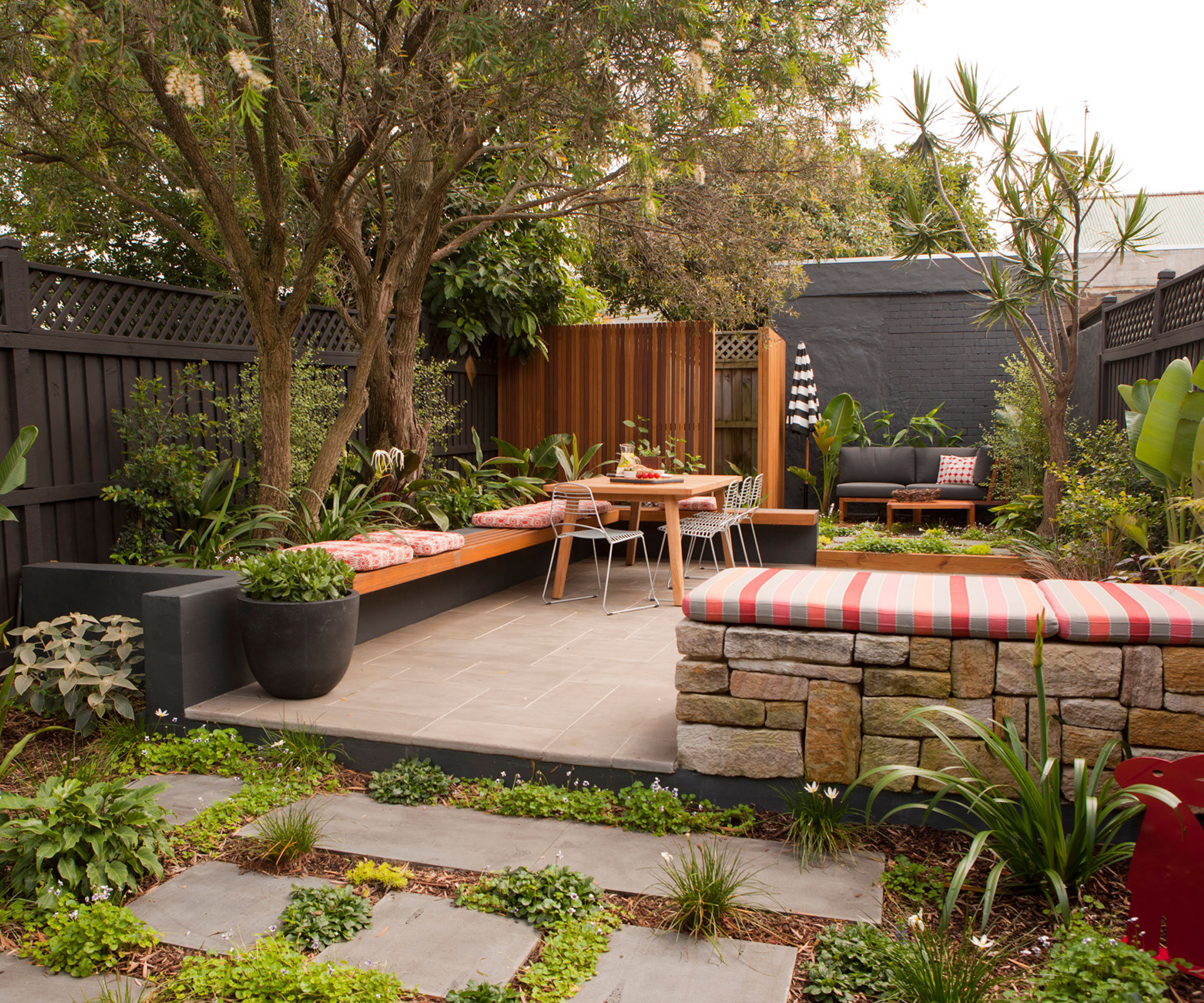Our garden expert Carol says that gardening is all about forward planning, so she’s put together this easy guide that will help your plants as the seasons change
How to keep your garden happy as the seasons change to autumn
+ A bit of titivation is usually needed in autumn as summer flowers fade. Late-flowering asters, bergamot, calendula, chrysanthemums, dahlias, rudbeckia, salvia and zinnias will do the trick and provide food for bees and other pollinators.
+ For winter flowers plant aloe, helleborus, camellia, grevillea, hibiscus, liriope, marigold, poinsettia, red hot pokers, tibouchina and viburnum.
+ An autumn feed will keep your garden looking fab all through winter, so spread compost, sheep pellets and other manure around beds. Even easy-care plants like daylilies and dietes will produce more flowers if you give them a feed in spring and autumn. Dividing perennials like these is also imperative after 4-5 years or they’ll gradually reduce the number of bloom.
+ Gardens don’t have to be static. If a shrub or young tree has been planted in the wrong place you can move it, if you choose the right time. In autumn, when the weather’s cooled and the soil isn’t so dry, is ideal. To allow new roots to form before moving a tree, dig a narrow trench (10-15cm deep) around it, close to drip line (outer edge of foliage canopy); do this in 3-4 stages over a month or so. Also, trimming back the foliage before moving a shrub or tree means it won’t have too many leaves to nourish once replanted. After the move, water daily for a month then slowly ease off as roots are established.
+ An acid-based plant food will encourage more blooms on winter-or early spring-flowering shrubs such as camellias, rhododendron, daphne, magnolia and azaleas.
+ Spring may seem a long way off but gardening is all about forward planning. Spring bulbs (freesias, daffodils, tulips, ixias, hyacinth) are planted in autumn although you may need to wait a few more weeks in very hot areas. However, it is not too early to prep beds by digging in a mix of well-rotted compost, manure and other organic matter. Add a sprinkle of general fertiliser and you’re good to go with bulb planting once there’s more moisture in the ground.
+ Leaf mould is very nutritious for gardens – and cheap. Gather fallen leaves from the streets or parks if you don’t have deciduous trees of your own. Spread around the root zone of plants, add to your compost bin or throw them in a plastic bin liner with a few holes in the bottom. Within a few weeks they’ll turn into beautiful leaf mould.
+ Keep watering your pots, garden beds and hedges if the weather is still hot and dry. Neglecting your watering regime now can often lead to plants dying back in winter when the wet weather arrives and they succumb to root rot.
+ An autumn clean-up keeps the garden healthy. Remove dead foliage and flowers to improve airflow and discourage pests and diseases like mildew, passionfruit hoppers, scale and snails. Mildew and other fungal diseases thrive when days are warm and nights cool; pests will often use old leaves and twigs as a winter hangout.
Words by: Carol Bucknell. Photography by: Georgie Cole.
EXPERT PROJECTS

Create the home of your dreams with Shop Your Home and Garden
SHOP NOW












